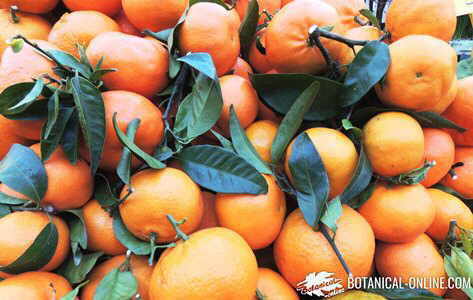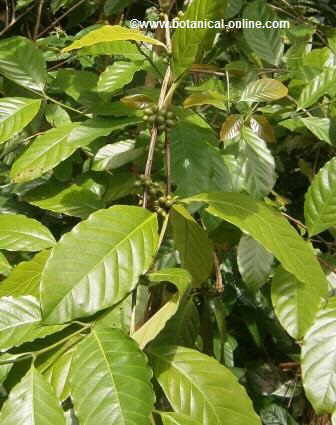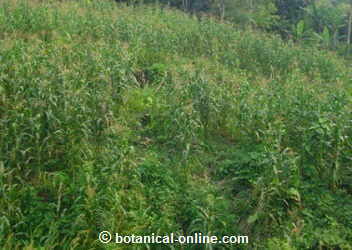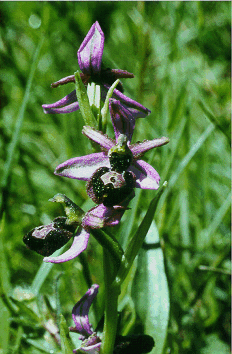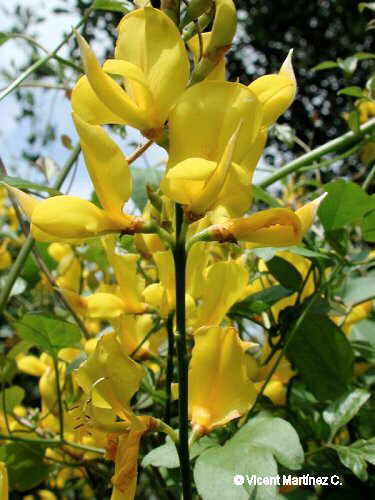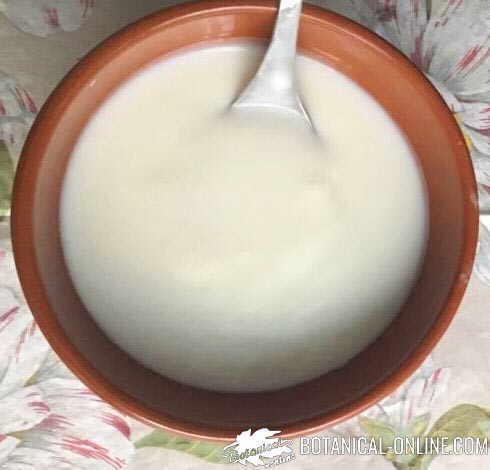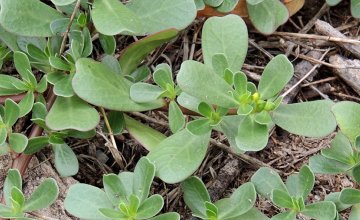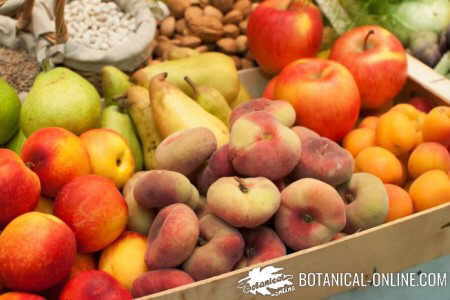Contents
WHAT IS A WATERCRESS PLANT?
Characteristics of watercress (Nasturtium officinale)
Scientific name: Nasturtium officinale R. Br., Sisymbrium nasturtium Thunb., Sisymbrium nasturtium-aquaticum L., Radicula nasturtium-aquaticum (L.) Rendle & Britten, Radicula nasturtium Cav., Rorippa nasturtium Beck, Rorippa nasturtium-aquaticum (L.) Hayek,
Family. Cruciferae = Brassicaceae.
Habitat: Its origin is placed in Europe and Russia. From here it spread throughout Europe, then to be exported to the north of Africa, North America, South America and the Caribbean. This plant grows wild and it is most abundant in creeks and cool and shallow streams, preferring swampy areas or slow streams. It is very abundant in aquatic areas that contain high amounts of organic waste, where they form a thick layer covering the surface of the water.
From the nineteenth century its cultivation was introduced in the orchards and its use as cultivated plant has been increasing gradually, until it became a common vegetable in most greengrocers and supermarkets.
Watercress description
Plant perennial grass of the familyof cruciferous up to 200 cm in length. Glabrous, crawling or floating stems, erect at the ends, hollow, provided with adventitious roots that grow from the nodes. Green dark brilliant leaves, a little fleshy, pinnate with 1 or 6 pairs of cleared, entire or sinuate, with individual terminal leaflet larger than the others. The lower petiolate, upper sessile. Flowers of 4 to 6 mm of diameter, with four petals of white or white-pink color, gathered in clusters or panicles at the end of the stems. Fruits in silique, of 1.3 to 1.8 cm in length located at the end of stalks of 0.8 to 1 cm in length. Seeds reunited in two rows by each cavity. It blooms between May and September.
Microphyllum must be distinguished of the Nasturtium species because the latter has the peduncles of the fruits longer and narrower (1.1 – 2.2 cm), seeds are curved, more slender (1.6 to 2, 4 cm) and arranged in a single row cavity. Usually the leaves are tinged with purple, especially in autumn.
Components of watercress
The main components of watercress are:
- Acids: ascorbic acid, aspartic acid, glutamine (Plant)
- Amino acids: alanine, arginine, cystine, phenylalanine, glycine, histidine, isoleucine, leucine, lysine, methionine, proline, tyrosine, threonine, valine (Plant)
- Beta-carotene (plant)
- Fiber (Plant)
- Gluconasturin (Plant)
- Glycosides: sinigrin, sinalbin, glucotropeolin (essential oil) gluconasturtiin (Plant)
- Vitamins: A, C, B (B1 or thiamine, B2 or riboflavin, B3 or niacin, B5 or pantothenic acid, B6 or pyridoxine, B7 or Biotin, B9 or folic acid) (Plant)
- Minerals: calcium, copper, phosphorus, iron, magnesium, manganese, potassium, sodium, iodine, zinc (Plant)
- Water (plant)
Uses of watercress
This species of aquatic plants is cultivated and used as:
- In food: Its green parts are edible and are mixed with other vegetables to prepare mixed salads.
- As a medicinal plant
![]() More information on watercress
More information on watercress

